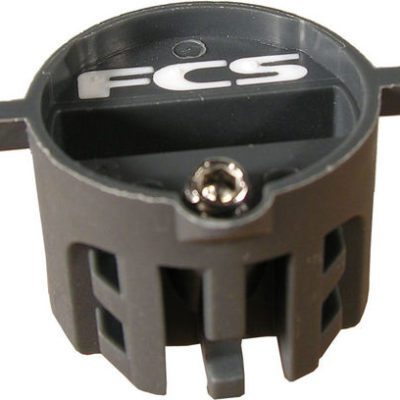Description
Will the FCS II mechanism keep working over time?
The FCS II mechanism will continue to work no matter how many times you change your fins. This simple, but well refined mechanism constructed from superior materials ensures operational longevity.
FCS has completed repetition testing (installing then removing a fin from the system) with no retention force lost over 4,000 cycles. Under normal conditions, the FCS II system will outlast the life of the board.
Will fins eject out of the system unintentionally when surfing?
The FCS II system has a high fin retaining force (around 12kg/26Ibs) and fins cannot be removed from the system by placing force on the front or side of the fin (i.e. the direction of forces applied to the fin during surfing). A fin can only be removed from the system by applying an upwards force to the rear of the fin.
Will sun and salt water corrode the FCS II mechanism? And how about if sand enters the plug, will it jam?
The FCS II mechanism has been designed to operate in a highly corrosive environment. All materials used to construct the FCS II plug have been selected for their anti-corrosion properties; including titanium which is an inert material (will not rust). If sand enters the plug, the mechanism will not be restricted and will flush out the sand through the open slot cavities.
Will my old FCS (dual tab) fins work with this system?
Yes, you can use all your existing FCS fins with the FCS II system. The FCS II plugs are backwards compatible – grub screws can be used within the FCS II plugs to secure your existing dual tab FCS fins.
FCS has designed a set of unobtrusive silicone infills to fill the gap created by the old fins in the new system. The infills are made from high quality silicone rubber which will not damage the plugs or fins. They are also extremely durable, light and built to withstand extreme temperature and corrosive conditions. The infills replicate the flush leading edge of the new fin design improving the performance of the old fins.




